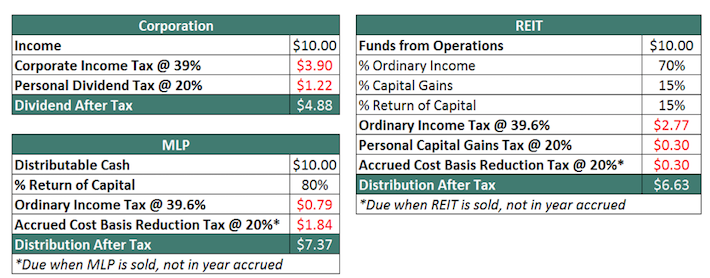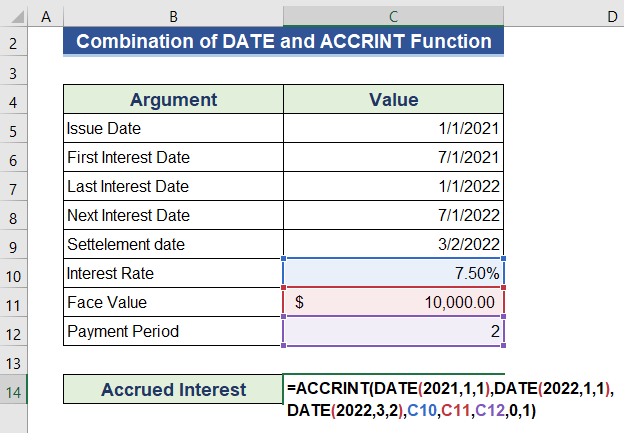
Bonds are an important part of your portfolio. Bonds can be used as a complement to other asset classes and provide diversification beyond equities. These four asset types can be combined to help you diversify your portfolio and achieve better long-term results. Below are some examples of investments that fit these roles. Read on to learn more about the different types of bonds available. Also, find out about the tax implications for these investments.
Interest rate risk
Fixed income investments carry significant risks due to rising interest rate. While the risk of rising interest rates is a significant factor in fixed income investments, it is not the only risk to investors. Convexity is another important risk factor. It refers to the form of the price-yield ratio. Although the measures of bond price sensitivity to changes is slightly different, both are important.
It is important to understand how fixed income securities respond to changes to interest rates when assessing their risk. Rates will rise, and the bond's market value will fall. Rates will fall and the value of bonds will rise. A 30-year Treasury bond could fall as high as 12% if its interest rate increases by 2%. However, interest rates that fall will cause their values to rise by different percentages.

Taxes on fixed-income investments
Fixed-income investments can be a crucial part of your financial plan. However, they also come with unique tax implications. Most investors buy bonds for two primary reasons: they offer a relatively safe alternative to stocks in the event of bankruptcy, and they offer a predictable stream of interest income that can balance out the volatility of stocks. Bonds are not subject to the same tax treatment as stocks and their dividends.
Tax-exempt investments are available to those who have substantial money to invest. People who choose to invest in tax-exempt investments mainly are business owners, senior executives, and other people with sufficient risk tolerance in their primary professions. These individuals want their money to be protected from future market volatility and loss from inflation. Although tax-exempt status may make investments more lucrative than others, it does not mean that investors will be exempt from paying taxes on fixed-income capital income. It also means that they must pay taxes regardless of how much money they actually spend. Inflation is a constant threat to purchasing power.
High-yield bonds
High-yield bonds could be an excellent choice for anyone looking for an income-producing investment, or an alternative source for capital. Although high-yield bond can offer a high interest rate, there are some downsides that could make them less appealing. Learn more about these types of investments. Here are some tips for choosing the right one.
The Federal Reserve should not raise interest rates too quickly this year. As of the time of writing, the Federal Reserve has already raised the benchmark rate twice this year, making it a risky choice for many investors. This move may affect the price of high-yield bonds, making them less attractive than other assets. However, the Fed has been aggressive in taking action to combat the rising cost of borrowing. The Fed has increased their benchmark interest rate by a quarter of a percentage point in March, and a half-point May. These are the largest increases in 20 years. There are risks for high-yield bonds if the tightening continues.

Certificates to deposit
A certificate of Deposit (CD), which is a form of certificate of savings, might be an option to bonds, stocks, or other forms. These types are low-risk investments that offer low returns. However they don't need a high minimum balance. You cannot also take into consideration inflation as this can affect your gains. There are many types and styles of CDs. Here's a list.
CDs are covered just like money in banks. The Federal Deposit Insurance Corporation, USA, insures up $250,000. This means that they are virtually risk-free for the amount of money you have in your state. Credit unions offer insurance that covers deposits upto $25,000.
FAQ
What are the advantages to owning stocks?
Stocks are more volatile than bonds. Stocks will lose a lot of value if a company goes bankrupt.
If a company grows, the share price will go up.
To raise capital, companies often issue new shares. This allows investors the opportunity to purchase more shares.
Companies can borrow money through debt finance. This allows them to borrow money cheaply, which allows them more growth.
People will purchase a product that is good if it's a quality product. The stock price rises as the demand for it increases.
The stock price should increase as long the company produces the products people want.
What is a Mutual Fund?
Mutual funds are pools that hold money and invest in securities. They offer diversification by allowing all types and investments to be included in the pool. This reduces risk.
Professional managers manage mutual funds and make investment decisions. Some funds also allow investors to manage their own portfolios.
Most people choose mutual funds over individual stocks because they are easier to understand and less risky.
How does Inflation affect the Stock Market?
Inflation has an impact on the stock market as investors have to spend less dollars each year in order to purchase goods and services. As prices rise, stocks fall. You should buy shares whenever they are cheap.
Statistics
- The S&P 500 has grown about 10.5% per year since its establishment in the 1920s. (investopedia.com)
- US resident who opens a new IBKR Pro individual or joint account receives a 0.25% rate reduction on margin loans. (nerdwallet.com)
- Individuals with very limited financial experience are either terrified by horror stories of average investors losing 50% of their portfolio value or are beguiled by "hot tips" that bear the promise of huge rewards but seldom pay off. (investopedia.com)
- For instance, an individual or entity that owns 100,000 shares of a company with one million outstanding shares would have a 10% ownership stake. (investopedia.com)
External Links
How To
How to Trade Stock Markets
Stock trading involves the purchase and sale of stocks, bonds, commodities or currencies as well as derivatives. Trading is French for "trading", which means someone who buys or sells. Traders buy and sell securities in order to make money through the difference between what they pay and what they receive. This is the oldest form of financial investment.
There are many different ways to invest on the stock market. There are three types that you can invest in the stock market: active, passive, or hybrid. Passive investors watch their investments grow, while actively traded investors look for winning companies to make a profit. Hybrid investors take a mix of both these approaches.
Passive investing can be done by index funds that track large indices like S&P 500 and Dow Jones Industrial Average. This method is popular as it offers diversification and minimizes risk. You can just relax and let your investments do the work.
Active investing is the act of picking companies to invest in and then analyzing their performance. Active investors look at earnings growth, return-on-equity, debt ratios P/E ratios cash flow, book price, dividend payout, management team, history of share prices, etc. They decide whether or not they want to invest in shares of the company. If they feel the company is undervalued they will purchase shares in the hope that the price rises. If they feel the company is undervalued, they'll wait for the price to drop before buying stock.
Hybrid investing blends elements of both active and passive investing. For example, you might want to choose a fund that tracks many stocks, but you also want to choose several companies yourself. In this case, you would put part of your portfolio into a passively managed fund and another part into a collection of actively managed funds.